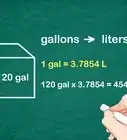wikiHow is a “wiki,” similar to Wikipedia, which means that many of our articles are co-written by multiple authors. To create this article, 12 people, some anonymous, worked to edit and improve it over time.
There are 7 references cited in this article, which can be found at the bottom of the page.
This article has been viewed 56,123 times.
Learn more...
Converting pounds (lbs) to ounces (oz) is simple. Since there are exactly 16 ounces in one pound, just multiply the number of pounds by 16 to make the conversion. Your answer will be in ounces.
Steps
Standard Conversions
-
1Write the number of pounds. If you are converting the weight of a real-life object, you can use a scale to weigh it. If you already know the weight in pounds, just write the number and label it "lbs".
- Let's follow along with an example. Say that a newborn baby is weighed at the doctor's office and found to be exactly 10 pounds. We would start our conversion by writing 10 lbs on the paper.
-
2Multiply by 16. This is the number of ounces in one pound.[1]
- In our example, we would multiply 10 × 16 to get 160.
Advertisement -
3Don't forget the "ounces" label. Writing "ounces" or "oz" next to your answer is important. If you don't, it won't be clear which units you converted to. If you're doing this work for school, you may even lose points for forgetting to label.[2]
- In our example, we would write our answer as either "160 ounces" or "160 oz." Both mean the same thing.
-
4Convert back to pounds by dividing by 16. Division is basically the "opposite" of multiplication. This means that dividing by the same number that you multiply by will "undo" your work. In other words, dividing a number of ounces by 16 will get you an answer in pounds.[3]
- In our example, dividing the baby's weight in ounces by 16 gets us 160/16 = 10 lbs. Don't forget the "pounds" label.
Dealing With Non-Standard Ounces
-
1Don't confuse fluid ounces with ordinary ounces. "Fluid ounces" (fl oz) are used for volume, or the space something takes up. They are usually used for liquids (like water, milk, juice, etc.). Fluid ounces do not tell an object's weight. This means that 16 fl oz of a certain liquid doesn't necessarily weigh 1 lb.[4]
- As an example, one fluid ounce of honey weighs about 1 1/2 ounces. This means that 16 fl oz weighs about 24 ounces, or a pound and a half.
-
2Use troy ounces for precious metals. Troy ounces, which are used to weigh precious metals like gold and silver, are a little heavier than ordinary ounces.[5] There are about 14.6 troy ounces in a pound. This means that to convert a pound to troy ounces, you can multiply by 14.6.
- For example, let's say that an old, heavy gold necklace is weighed at exactly half a pound. We can convert to troy ounces by multiplying 0.5 × 14.6 = 7.3 troy ounces.
-
3Convert between oz/square inch and lbs/square inch as normal. "Ounces per square inch" are used to measure pressure and surface density (thickness) of thin materials like paper.[6] There are 16 oz/square inch in one lb/square inch, so you can convert by multiplying by 16 just like with normal ounces and pounds.
- This is also true for ounces and pounds per cubic inch — just multiply by 16 like normal.
Community Q&A
-
QuestionWhat is 88 pounds converted to ounces?
 DonaganTop Answerer88 pounds x 16 ounces per pound = 1,408 ounces.
DonaganTop Answerer88 pounds x 16 ounces per pound = 1,408 ounces. -
Question1 kg equals how many ounces?
 DonaganTop Answerer1 kg = 2.2 pounds = 35.3 ounces.
DonaganTop Answerer1 kg = 2.2 pounds = 35.3 ounces. -
QuestionCooking 2.88 lbs at 50 minutes per lb is how long?
 DonaganTop Answerer50 x 2.88 = 144 minutes = 2 hours and 24 minutes.
DonaganTop Answerer50 x 2.88 = 144 minutes = 2 hours and 24 minutes.
References
- ↑ http://scienceworld.wolfram.com/physics/Pound-Mass.html
- ↑ https://www.rapidtables.com/convert/weight/pound-to-ounce.html
- ↑ http://scienceworld.wolfram.com/physics/Ounce.html
- ↑ https://libraryguides.centennialcollege.ca/c.php?g=645085&p=5127030
- ↑ https://www.calculatorsoup.com/calculators/conversions/weighttroy.php
- ↑ https://www.omnicalculator.com/conversion/pounds-ounces
- ↑ http://www.metric-conversions.org/weight/pounds-to-ounces.htm
About This Article
Converting pounds to ounces is a very simple process. There are 16 ounces in a pound, so you can make the conversion by multiplying the number of pounds by 16. For instance, if you want to convert 10 pounds into ounces, multiply 10 by 16 to get 160 ounces. To convert ounces back into pounds, divide the result by 16. However, be careful—the term “ounces” can also be used for a variety of other kinds of measurements. For example, fluid ounces are used to measure volume, not weight. There’s no simple method for converting pounds to fluid ounces, since two different substances can have the same volume, but different weights. If you’re measuring the weight of a precious metal, such as silver or gold, you might also come across a non-standard type of ounces called troy ounces. A troy ounce is a little heavier than a standard ounce, so there are 14.6 of them in a pound instead of 16. To convert pounds to troy ounces, multiply the number of pounds by 14.6. If you’re working with ounces and pounds per square or cubic inch, you can simply multiply by 16 as usual. Just don’t forget to add “per square inch” or “per cubic inch” at the end of your conversion. For example, 27 pounds per cubic inch is equal to 27 x 16, or 432 ounces per cubic inch.
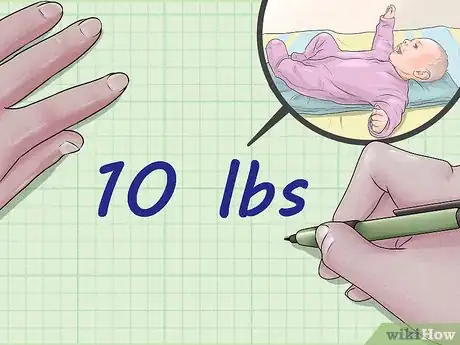
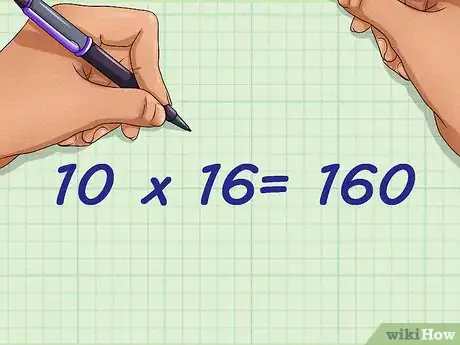

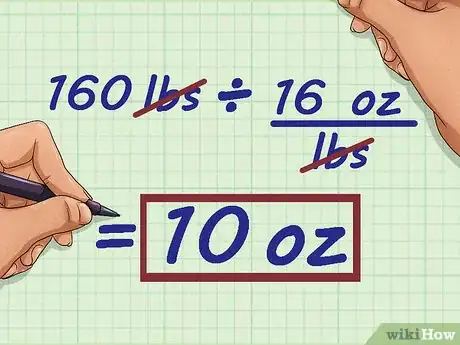
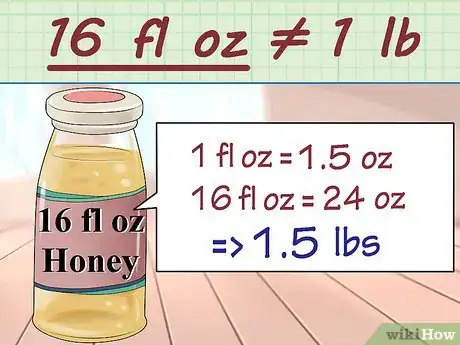
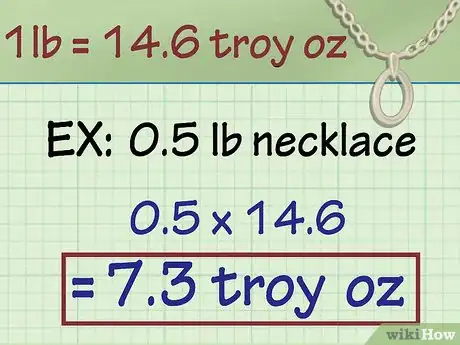
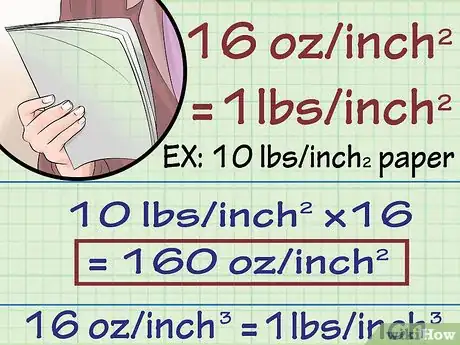
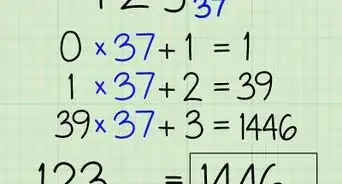
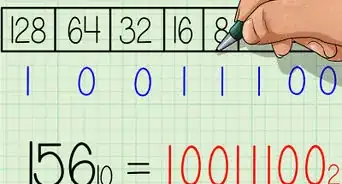
-to-Grams-(g)-Step-8-Version-5.webp)
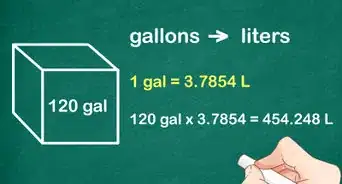
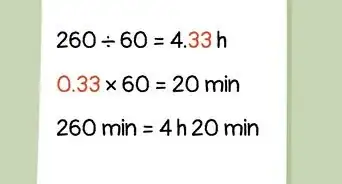
-to-Fahrenheit-(°F)-Step-6-Version-2.webp)
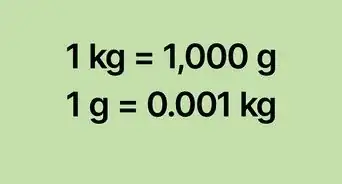


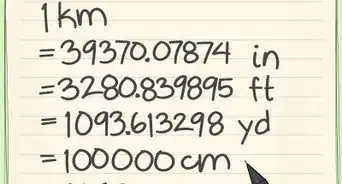
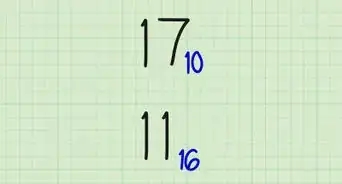
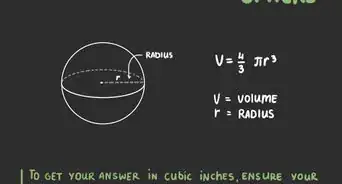
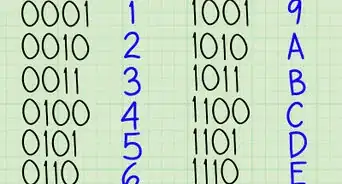
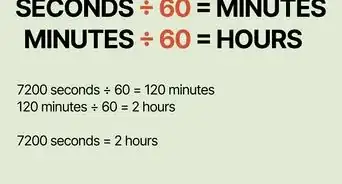






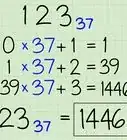

-to-Grams-(g)-Step-8-Version-5.webp)
